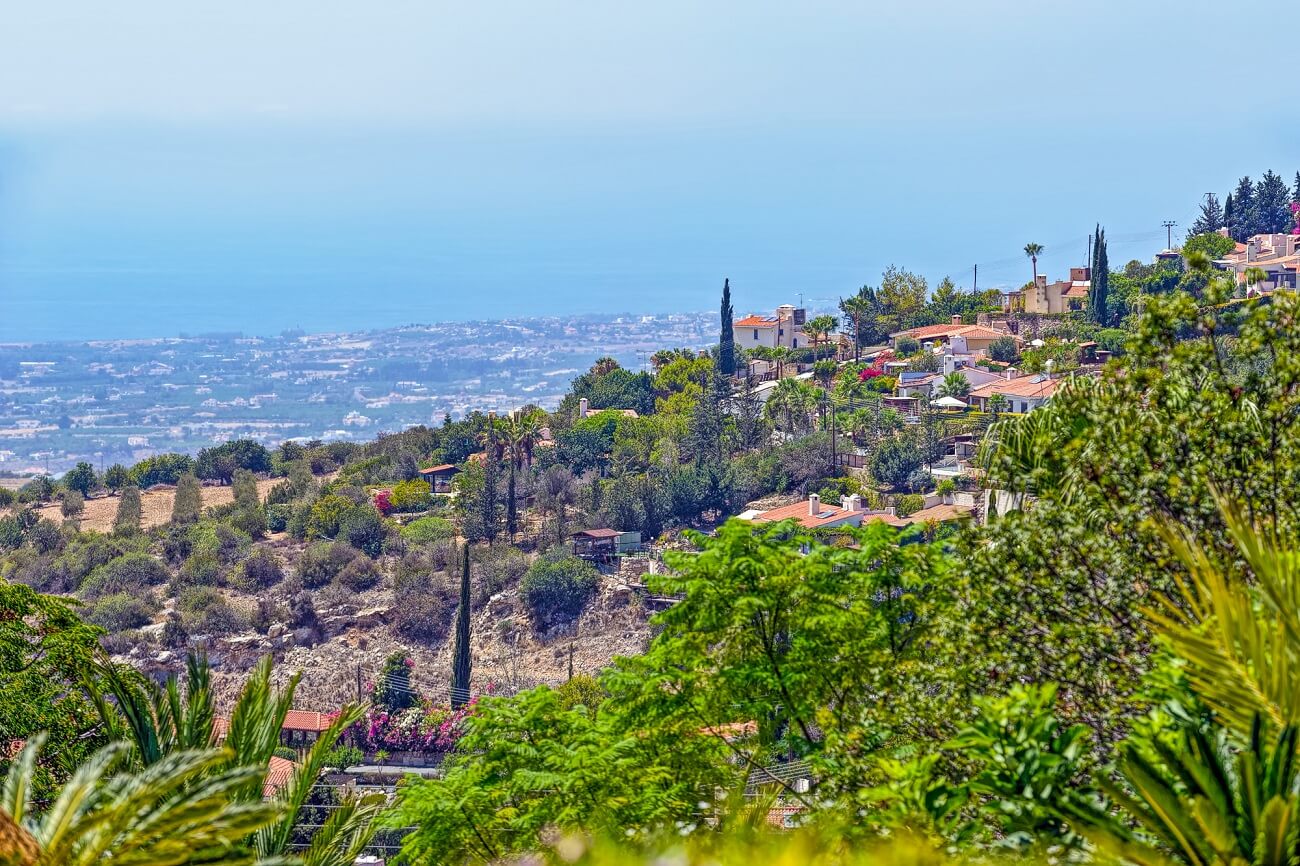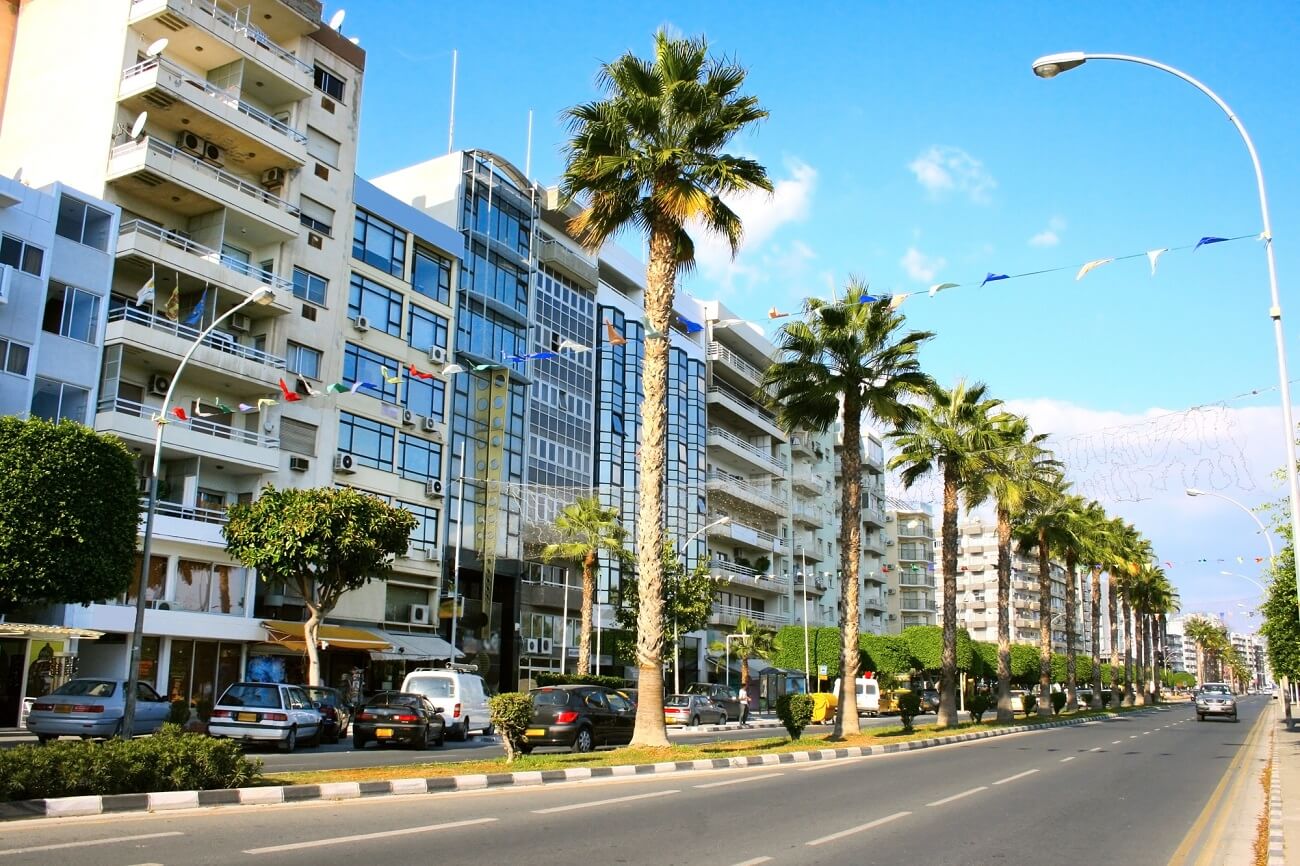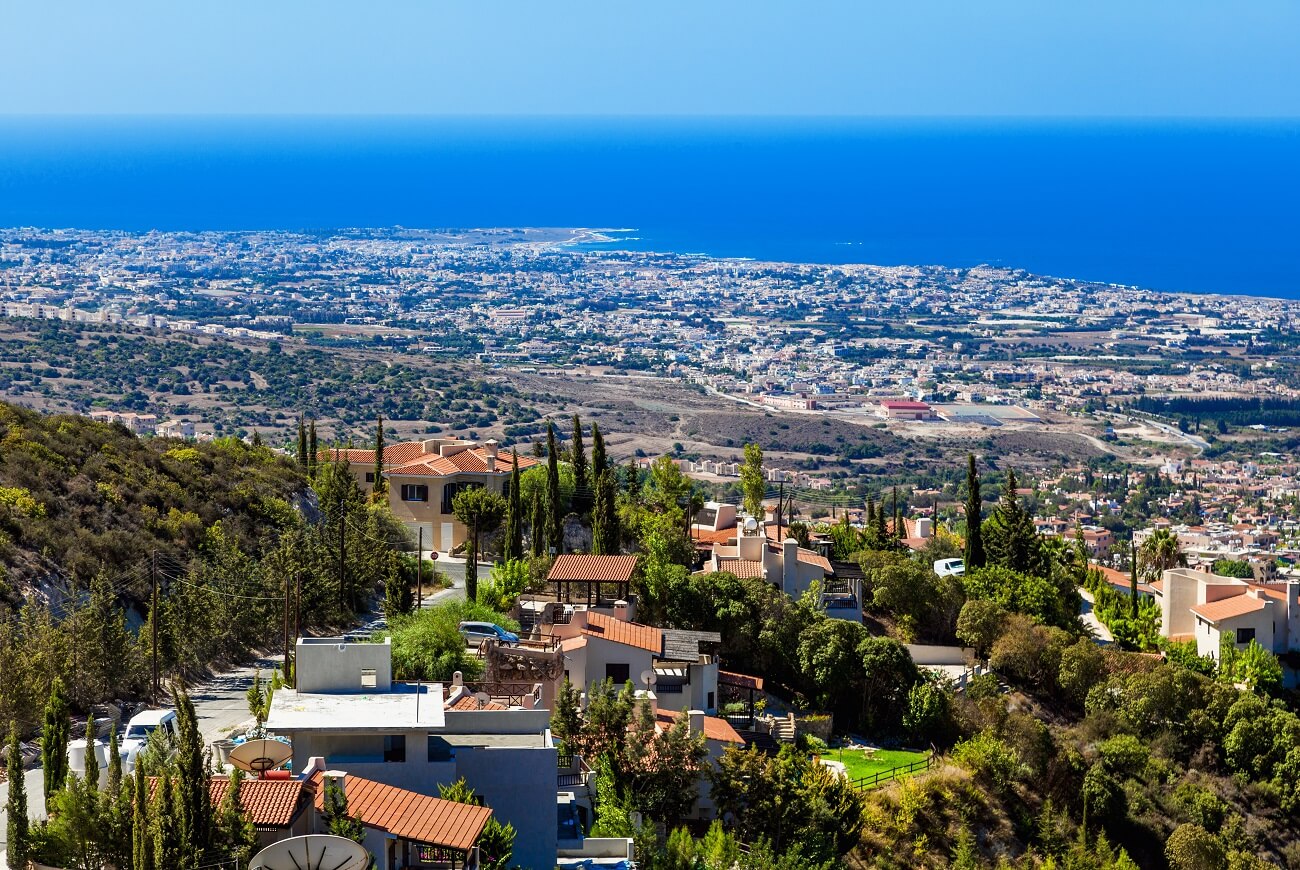

September is considered one of the best months to travel to Cyprus. It is time for schoolchildren to go to school, their parents to work, which means that you have the opportunity to enjoy Cyprus without crowds of tourists and sweltering heat. At the beginning of the month, the island is still quite hot, and in the second half the “velvet season” already begins. Next, we will tell you what it is.

Depositphotos
Weather in Cyprus in September
September in Cyprus is a great opportunity to extend your summer, because the weather here is not autumn at all. Especially in the first half of the month. The average temperature here is around +24°C. Traditionally, the highest readings on thermometers are kept in the central part of the island - up to +34°C during the day, in the southeast - up to +31°C, a little cooler in the east - 29°C and in the mountains - up to 24°C. At night the temperature drops to +19…21°C. As in summer, in September in Cyprus the sun almost always shines and it almost never rains. The sea remains pleasant enough for swimming with water around +27°C.

Depositphotos
What to do in Cyprus in September
Relax on the sea
The beach season in Cyprus in September is still in full swing. The island is famous for its Instagrammable coastlines with turquoise water, white sand, sheer rocks and greenery. 57 local beaches have been awarded the blue flag certificate. The best are:
- Nissi Beach with many water activities, coastal restaurants, good infrastructure and fun beach parties.
- Fig Tree Bay, which is ideal for families with children.
- Kourion with beautiful scenery, millennial historical sites and wonderful surfing conditions.
- Coral Bay is in the top among family tourists for a calm sea and developed infrastructure.
- Konnos Bay framed by the emerald hills of the National Park.
- Aphrodite Beach, where, according to legend, the goddess was once born, and until now this place is the personification of natural beauty and peace.
- Wild Lara Bay, on the territory of which there is a turtle nursery.
If just basking in the sun all day is not for you, try water sports. Their huge range is represented on almost all coasts: kiteboarding, windsurfing, scuba diving, pedal boating, water skiing, stand-up boards, wakeboards, canoes or kayaks... and the list goes on.

Depositphotos
Go on excursions
Cyprus has an amazingly rich culture and history. Each of the popular resorts of the island can offer many interesting sights and unique places for one- and several-day excursions.
Pathos:
- Archaeological Park Kato Pafos, which is included in the UNESCO World Heritage List and includes a complex of buildings from the 2nd - 4th centuries AD. With unique mosaics, the remains of an ancient Greek city (acropolis, temple and theater), a medieval fortress.
- Tombs of the Kings - a large necropolis from the 4th century BC. - 3rd century AD, also protected by UNESCO.
- Basilica Chrysopolitissa, which was the largest during the Byzantine Empire.
- Byzantine church of St. Paraskeva with frescoes from the 15th century.
- Archaeological Museum of Paphos with a collection of artifacts dating back to the Neolithic era.
- Akamas Peninsula with the National Park, on the territory of which the famous Blue Lagoon is located.
Limassol:
- Archaeological complex of the ancient city-state of Kourion , which is more than 2 thousand years old.
- Old town with 14th century castle.
- Kolos castle of the 13th century.
- Akoriti Peninsula with Salt Lake where pink flamingos live.
- One of the main monasteries of Cyprus - Kykkos and the Byzantine Museum, which are located 70 km from the city.
- Church of the Archangel Michael with frescoes from the 15th century and the Folk Museum in the village of Pedoulas, which are included in the UNESCO World Heritage List.
Larnaca:
- Church of St. Lazarus, whose history dates back to the 9th century.
- The Ottoman fort, which now houses the Museum of the Middle Ages.
- A large mosque, which used to be a Christian shrine.
- The old Turkish quarter of Skala, which became the center of ceramics.
- Monastery Stavrovouni, built with the money of Empress Helena in the 4th century.
- Hala Mosque Sultan Tekke on Salt Lake.
- Archaeological Museum of Piridis in an exquisite 18th century building.
- Kamares Aqueduct, which provided water to Larnaca for about 200 years .
Ayia Napa:
- Museum of Underwater Sculptures MUSAN.
- Venetian monastery of the 16th century.

Depositphotos
Go hiking
For those who like a more active holiday, there are many trail routes in Cyprus of different levels, relief and length. The most popular hiking areas are:
- Troodos mountain range, which is recognized as a conservation area. On the way you will find interesting flora with endemic species, picturesque waterfalls Caledonia, Khantara and Millomeris, a dozen authentic villages that have preserved local life and traditional crafts.
- Several paths have been laid along the coast to the very south of the island, Cape Greco. This area is known for many underwater caves and grottoes.
- You will also find excellent conditions for hiking on the Akamas peninsula. The three most famous trails are Aphrodite with the highest viewpoint, Adonis with many historical sights along the way, and Smigis, where you can watch hundreds of birds for hours.
- And nearby is another route through the Avakas gorge with a breathtaking canyon.

Depositphotos
See how the locals live
To get the best feel of the local flavor, visit the Cypriot villages. Especially a lot of them in the highlands Troodos.
- Fyti Village with Folk Art Museum showcasing the history and unique examples of local weaving.
- Lofou - keeping a unique Mandarin atmosphere under the red roofs of traditional houses.
- Lefkara is famous for its consummate lace makers and well-preserved traditional architecture.
- Fikardou is an almost deserted cinematic prototype of a Cypriot village.
- Omodos, with cozy houses, restaurants and souvenir shops in the narrow streets. Here is a museum of Cypriot life and local wine is made.
- Pink paradise - the village of Agros, where they produce rose water and a bunch of products using it, as well as a breathtaking assortment of meat in different variations.

Depositphotos
Organize your own wine tour
The tradition of winemaking in Cyprus has more than 6000 years of history. Arriving here in the second half of September - early October, you have a unique opportunity not only to taste the famous Cypriot wine, but also to get to the process of harvesting and preparing a young drink at wineries.
In addition, it is in September-October that the main wine festivals and holidays of the country take place. There are several wine routes on the island: Akamas Laona, Vouni Panagias - Ambelitis, Pitsilia and the Limassol Wine Villages (known as “krasochoria”) which comprise 20 villages with 16 wineries and a wine museum. Here are some of the 20: Kantou, Souni-Zanakia, Pano Kivides, Agios Amvrosios, Lofou, Vouni, Koilani, Pera Pedi, Mandria, Kato Platres, Omodos, Vasa, Mallia, Arsos, Pachna.

Depositphotos
Events in Cyprus in September
In September, Cypriots, like in summer, continue to celebrate. No week is complete without interesting events. Most of them are related to food. For example, here is:
- Pasteli festival in the village of Anogyra near Limassol, dedicated to the sweets that are made here (similar to kozinak with sesame seeds);
- Milk Festival in Dali, near Nicosia;
- Tomato Festival in Limassol;
- Pomegranate Festival in Larnaca;
- Bread and Pastry Festival in Galata , 60 km from Nicosia;
- Potato Festival in the village of Xylofagou , near Larnaca ;
- Kolokassi Festival, near Ayia Napa - the biggest festival dedicated to Cypriot food.
There are also events in September dedicated to spiritual food - culture.
At the beginning of the month, in the town of Peyia near Paphos, a local culture festival Carob takes place.
Olive Festival has been held in Nicosia for 50 years, where the organizers present the products of traditional crafts and the cultural heritage of Cyprus, including authentic professions that are on the verge of extinction.
The Aphrodite Festival, also dedicated to local culture, is celebrated every year in Paphos Castle with a cycle of unique performances.
However, whatever one may say, the largest September event on the island for several years now has been the Limassol Wine Festival. It lasts 9 days and besides wine activities and exhibitions, there are also musical performances, dances, art exhibitions and much more.

Depositphotos
Helpful hints
- If you go hiking, take high shoes as there is a danger of snakes on some routes. In total, three dangerous species of reptiles are known on the island.
- Bargaining is not customary in Cyprus. Exceptions are possible if the price is not specified in writing. This is sometimes found in souvenir shops.
- Driving in Cyprus is on the left. Keep this in mind when renting a vehicle.
- Remember that the territory of the island is divided into Greek and Turkish. This topic is sensitive enough for the local population and it is better not to raise it.
- It is forbidden to take pictures near the militarized zones and in some churches and museums.

Depositphotos
More articles
- Holidays in Bali: top 22 things to do on the island
- Nyepi in Bali - New Year or Day of Silence
- Rains in Bali: pros and cons of the wet season
- Hotels of Ayana complex in Bali
- Gunung Batur: how to get to the main volcano in Bali
- Likupang on Sulawesi Island in Indonesia
- Mauritius Attractions: 27 Best Places to Visit
- Bali for Two: 24 Romantic Getaway Ideas
- Top 20 Bali Tours: Itineraries, Offers, and Prices
- Bali's Best Beach Clubs - 13 Luxury Oases



